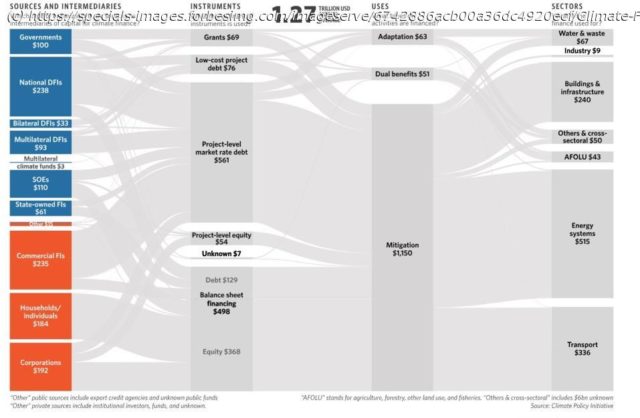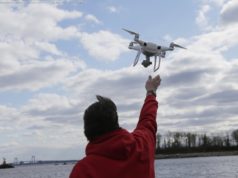DOGE might consider carbon mitigation as a means diagnosing cost excesses in the government and leveraging those for developing resilient win-win climate finance
The deal which was finally reached at COP29 in Baku for a $300 billion investment for climate change finance for developing countries reflects a zero-sum game of donor funds. This is far short of the $1.3 trillion annual commitment for a full portfolio of transitioning to renewable energy technologies, climate adaptation infrastructure and loss compensation over climate-related events that was being sought. The developing countries had arrived at this number based on a range of estimates for meeting their “Nationally Determined Contributions” under the Paris Agreement. The United Nations itself has estimated the needed contributions needed for developing countries to mitigate, adapt and be compensated for damages at around $1.55 trillion per year.
The elephant in the room at the final COP29 meeting was the global military industrial complex. Expenditure on defense is of course the easiest comparable target by activists in terms of political priorities that have been set forth by the world. In 2023, the global military expenditure was estimated to be around $2.24 trillion of which the United States constituted more than $800 billion (more than the sum of the next 10 countries combined). The climate finance goal set forth by developing countries was only 60% of this expense. While we are on the topic of trillion-dollar tradeoffs, Elon Musk and Vivek Ramaswamy have also set a target for cutting around $2 trillion from the U.S. government’s total annual expenditure of $6.75 trillion. The new “Department of Government Efficiency” (DOGE) should, however, consider that the International Chamber of Commerce has estimated that extreme weather events cost the global economy also around $2 trillion. These are estimates of actual costs incurred and not forecasts and offer a sobering reminder that ignoring the primacy of natural systems can have a direct financial cost on us all as well.
There may be a way to link climate finance to Musk and Ramaswamy’s cost-cutting through DOGE by pragmatic argumentation. In a new book, called Threat Multiplier: Climate, Military Leadership and the Threat to Global Security, America’s first deputy undersecretary of defense for environmental security Sheri Goodman, provides valuable insights on the role of science and technology in the “greening” of the U.






